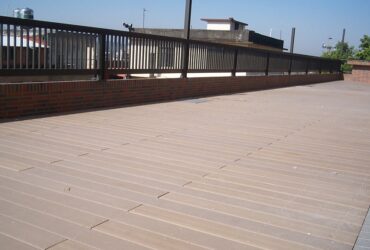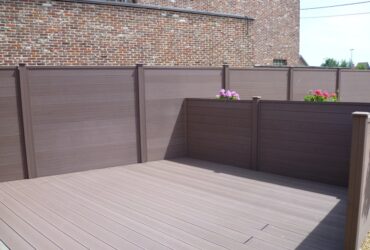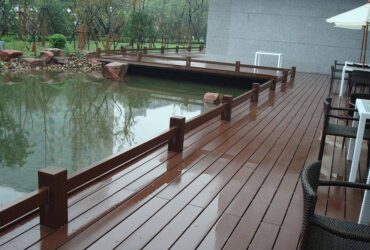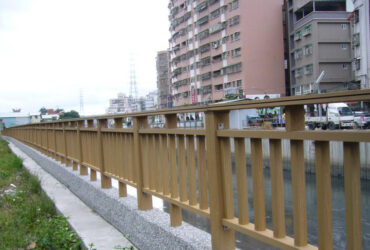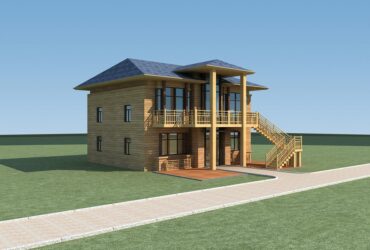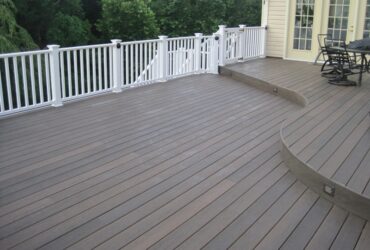Research On Mechanical Properties Of PE Wood-plastic Enclosure Structure
Compared with traditional enclosure structures, polyethylene (polyethylene, PE) wood-plastic prefabricated enclosure structures have excellent characteristics such as high strength, easy loading and unloading, long service life and environmental protection. They are mainly used in strong wind areas such as Guangdong, Fujian, and Shandong.
At present, the enclosure structure made of this new material has been put into production and use on a small scale, but the safety and applicability of the enclosure structure remain to be studied. Therefore, it is of great significance to study the mechanical properties and failure mechanism of PE wood-plastic enclosure structures.Based on the above background and based on experiments, the mechanical properties of PE wood-plastic enclosure structures were analyzed by means of numerical simulation.The structure is optimized and improved according to the force characteristics, and a more comprehensive and reliable conclusion is finally obtained, which provides theoretical support for the application and promotion of PE wood-plastic enclosure structures.
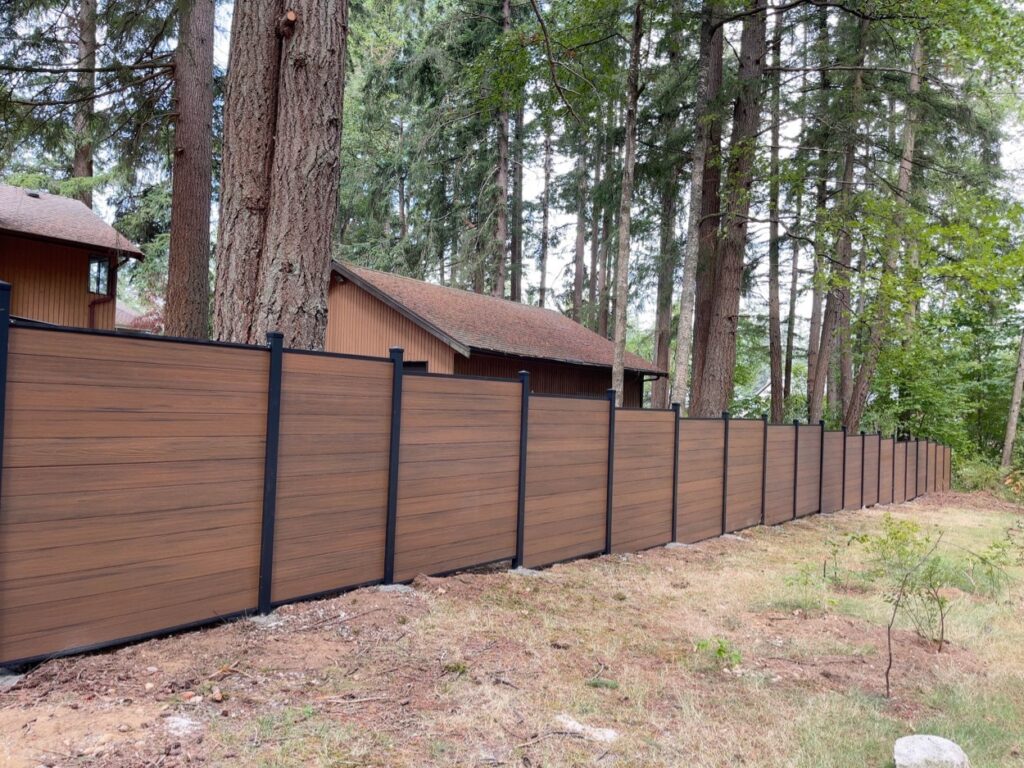
First of all, carry out the testing work on the mechanical properties of PE wood-plastic materials, mainly carry out tensile tests at different temperatures,According to the experimental results, the material properties such as tensile strength, elastic modulus and Poisson's ratio are obtained, and the stress-strain curve is drawn.The results show that as the temperature increases, the tensile strength of the material decreases gradually, and the strain corresponding to the peak stress decreases continuously.
Secondly, the mechanical performance tests of the columns and slabs of the enclosure structure were carried out, and the column flange damage test, column four-point bending test and plate four-point bending test were carried out.Then, a refined finite element model is established through ABAQUS finite element software, and a four-point bending test is established for columns and plates to carry out finite element analysis.The rationality and accuracy of the finite element analysis model are verified by comparing the finite element analysis results with the test results.
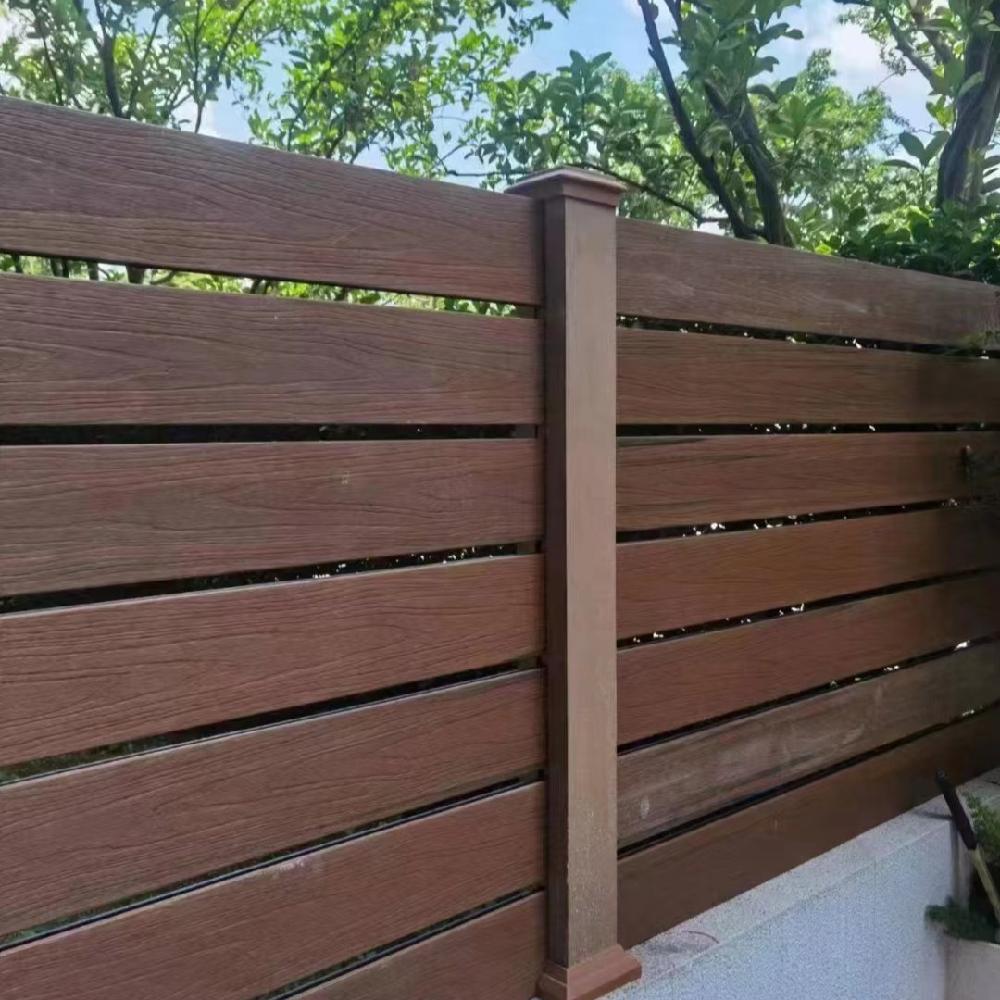
Then, the mechanical properties of the PE wood-plastic enclosure structure as a whole are analyzed by means of theory, experiment and numerical simulation.Based on the stress and strain levels of columns and slabs, the maximum bearing capacity of the structure under wind load is studied, and the failure mode of the enclosure structure is speculated based on the stress concentration areas of slabs and columns. The results show that at room temperature, the enclosure structure can withstand winds of grade 10 and grade 11 without support and with support, respectively, but its bearing capacity decreases as the temperature increases.
Finally, according to the test and finite element analysis results, the shape optimization analysis of the column section is carried out through the finite element analysis software, and two optimization schemes of the column section are established, and the performance analysis of the enclosure structure is carried out on the two schemes respectively. The results show that both schemes can improve the performance of the enclosure structure.

